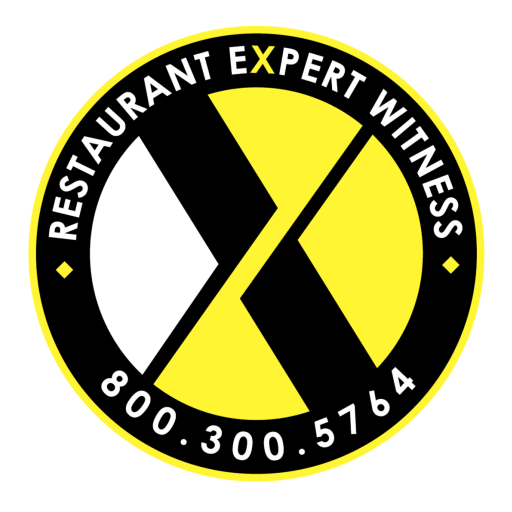Dram shop laws date back as far as the 18th and 19th centuries; and, practically every US state currently has a dram shop law in the effect of some kind, even though they may not call it or actually consider it to be “dram shop.” Generally speaking, dram shop laws are used to help determine liability, if any, of establishments that knowingly (allegedly) serve alcohol to “visibly” or “obviously” intoxicated persons or minors who subsequently cause death or injury to a third party – most commonly this is associated with alcohol-related car crashes, but can also include many other types of incidents as well. If liability can be proved (that the establishment knew or should have known that the customer was intoxicated), the majority of states allow for recovery. That being said, what many people may not realize is that the term “establishment” does not only refer to the bar or restaurant where the alcohol was consumed, but also to the server, bartender, waiter, owner, and/or manager – all who may personally be held administratively, civilly, and/or criminally liable, as well.
Serving Alcohol Safely
The sale of alcohol for many restaurants and, of course, bars, represents a significant portion of their revenue. However, along with the privilege of serving alcohol comes the burden of managing, serving, and distribution of alcohol safely and responsibly, as well as the liabilities associated with it if you do not. Failure to manage alcohol safely and responsibly could cause someone to be severely injured or killed and could result in fines, imprisonment, losing your liquor license, increased insurance premiums, and even losing your business or livelihood.
So how does someone know if a person is intoxicated? There are three methods commonly used to determine – or to attempt to determine – alcohol intoxication levels: blood alcohol concentration (BAC), counting drinks, and visual signs of intoxication. However, determining whether a person is visibly intoxicated is not as easy as people may think because of many factors that come into play such as alcohol tolerance levels and behavioral mimicry.
Though it is difficult to determine an individual’s intoxication levels, there are some steps and best practices to prevent intoxication and promote responsible alcohol service. It is Restaurant OSHA Safety and Security and restaurant industry standard to develop policies and procedures that include all applicable laws and ordinances; train employees in practices, policies, and procedures for serving alcohol and methods of serving alcohol responsibly along with any state-required training; conduct valid identification checks; training employees to recognize signs of intoxication; training servers on how to keep track of the number of drinks consumed by each patron and the amount of time in which they are consumed; providing servers with standard drink equivalents; training servers to keep water glasses full; having servers take time to communicate with patrons; and, training employees, not to over-pour. Restaurants should also ensure that their alcohol-serving policy includes the steps to be taken in the event an incident should occur and these steps should be provided in writing and trained to all employees.
Needless to say, alcohol consumption is a very serious subject and, in many cases, has very serious repercussions. For more information about restaurant industry standards for safe alcohol service and other requirements for restaurants under OSHA, check out Restaurant OSHA Safety and Security.
If you are an attorney interested in reviewing a copy of Restaurant OSHA Safety and Security, please send us an Email.
